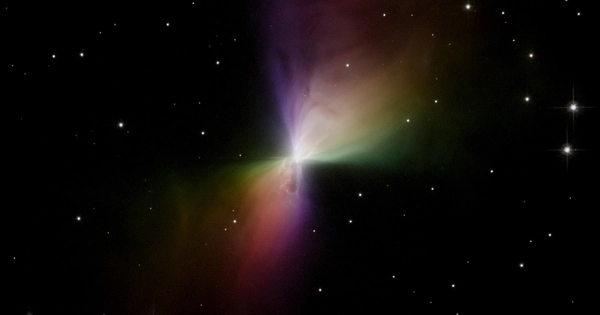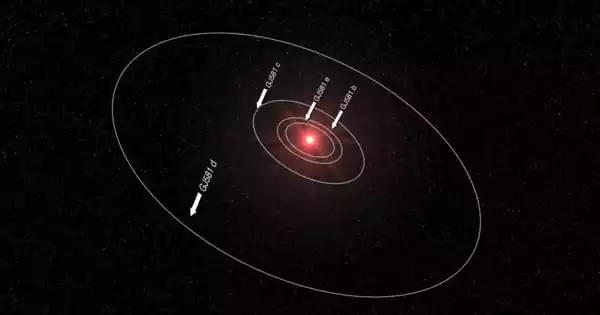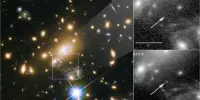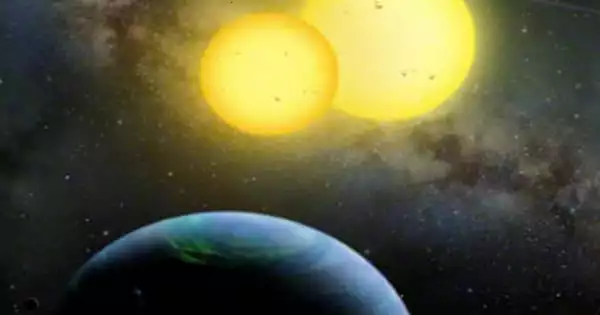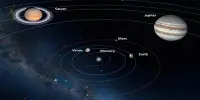The Boomerang Nebula is a protoplanetary nebula located about 5,000 light-years away in the constellation Centaurus. It is so called because of its distinctive boomerang shape, which is created by a fast outflow of gas and dust from the central star. This outflow causes the material in the nebula to be extremely cold, with temperatures as low as -458 degrees Fahrenheit (-272 degrees Celsius). This makes it one of the coldest known objects in the universe. The central star, which is in the process of dying, is thought to be a binary system.
It is believed to have formed when a sun-like star exhausted its fuel and expelled its outer layers, which are now illuminated by the intense ultraviolet radiation from the remaining hot core. The nebula’s distinctive boomerang shape is thought to be caused by a strong bipolar outflow of material from the central star. The nebula is also known to be one of the coldest known object in the universe, with a temperature of only one kelvin.
It is so named because of its distinctive, curved shape, which resembles a boomerang. The nebula is formed by the outflow of material from a dying star, which is thought to be a binary system. The central star is a white dwarf, surrounded by a disc of material that is being expelled into space, creating the striking shape of the nebula. The temperatures at the leading edge of the nebula are very low, only about 1 degree above absolute zero, making it one of the coldest known places in the universe.

The Boomerang’s general bow-tie shape appears to have been created by a powerful 500 000 kilometer-per-hour wind blowing ultracold gas away from the dying central star. For 1500 years, the star has been losing as much as one-thousandth of a solar mass per year. This is 10-100 times greater than in other comparable objects. Because of its rapid expansion, the nebula has become the coldest known region in the Universe.
The Boomerang Nebula is thought to be a star system evolving toward the planetary nebula phase. It continues to form and develop due to the outflow of gas from its core, where a star in its late stage of life sheds mass and emits starlight, illuminating dust in the nebula. Millimeter-scale dust grains obscure portions of the nebula’s core, concentrating most escaping visible light in two opposing lobes that form a distinctive hourglass shape when viewed from Earth. The outflowing gas is moving outwards at about 164 km/s and expanding rapidly as it moves out into space; this gas expansion is responsible for the nebula’s unusually low temperature.
